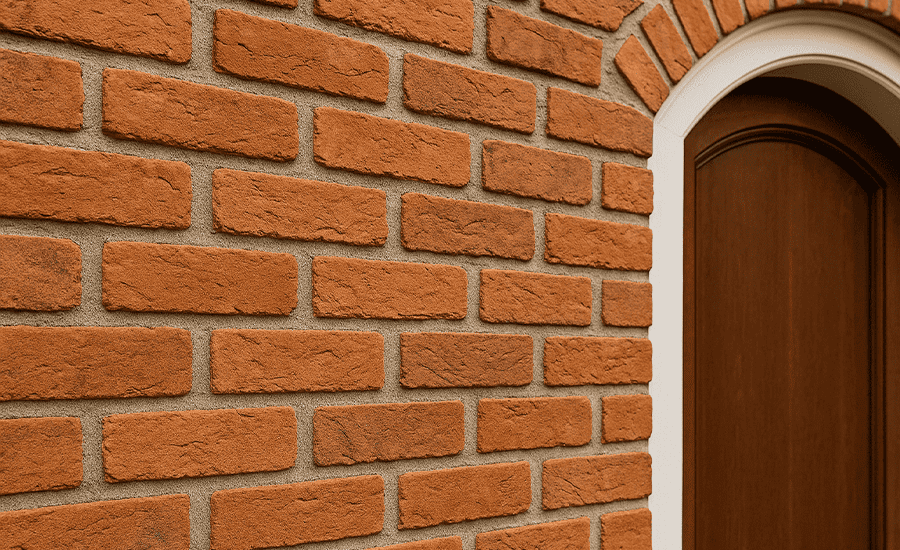
Is Struck Pointing More Durable Than Other Types of Pointing?
Struck pointing is known for its sloped design, which repels water and boosts masonry lifespan. This blog covers its durability factors, ideal applications, and why

Struck pointing is known for its sloped design, which repels water and boosts masonry lifespan. This blog covers its durability factors, ideal applications, and why

Struck pointing offers durability and a distinctive finish, but it comes with challenges such as slope accuracy, material compatibility, and higher labor needs. Here’s how

Struck pointing helps protect older buildings by shaping mortar joints to prevent water damage, support visual harmony, and extend masonry lifespan.
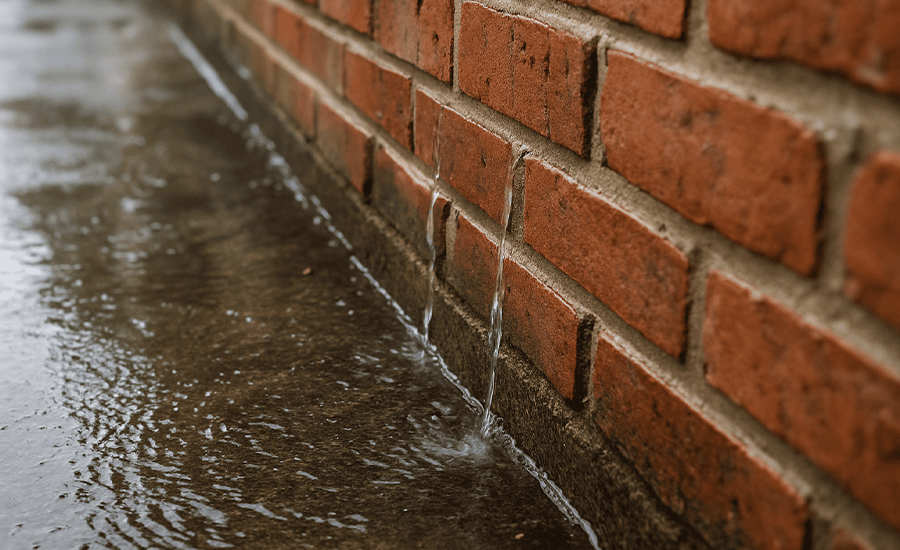
Struck pointing helps shape mortar joints to direct rainwater away, prevent moisture buildup, and enhance the structural integrity of your masonry.
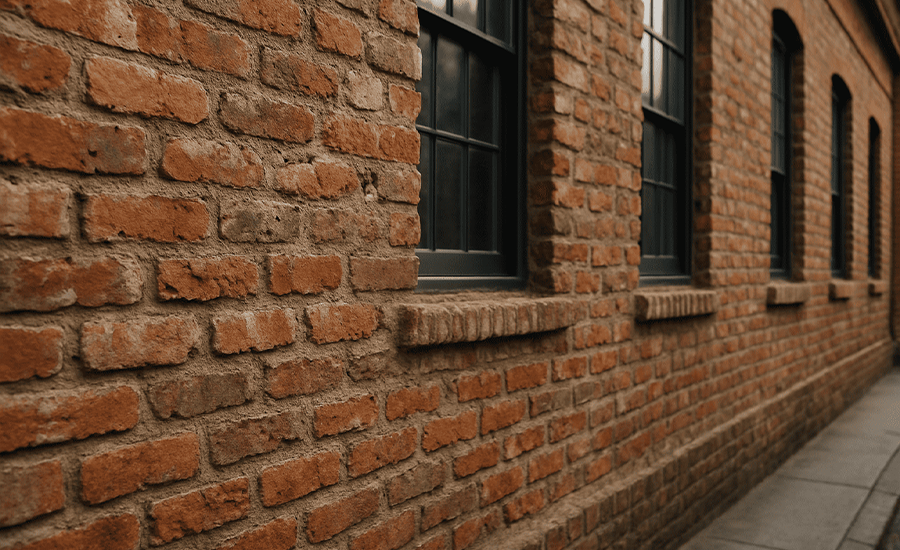
Explore how weathered pointing blends timeless style and structural strength to enhance curb appeal and historic value across NYC’s residential and commercial buildings.

Weathered pointing offers better drainage and a classic look, while flush pointing provides a sleek finish. Learn which is best for your masonry needs.
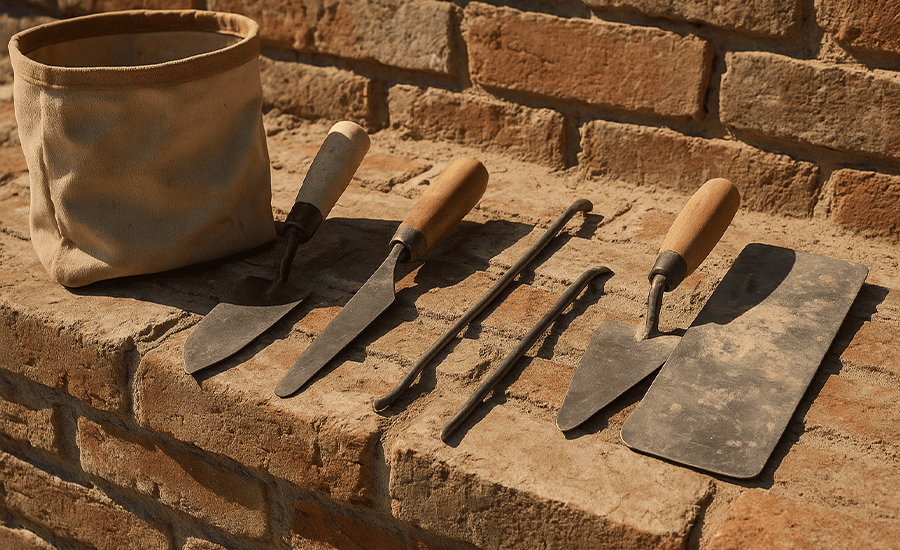
Using the right tools for weathered pointing ensures strong mortar joints, better water flow, and lasting masonry performance. Here’s what you need to know.
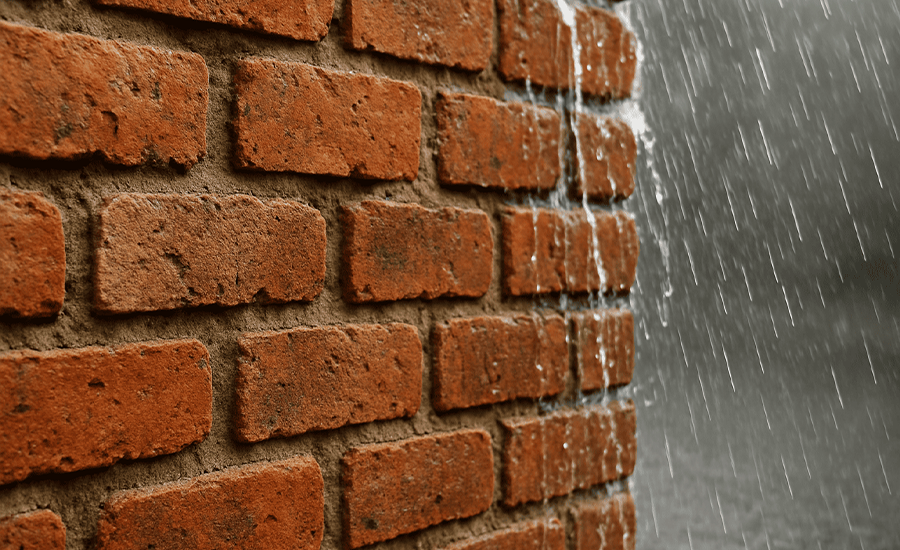
Rain can seriously damage masonry. Weathered pointing helps redirect water, protect mortar, and extend the life of your brickwork in all weather conditions.
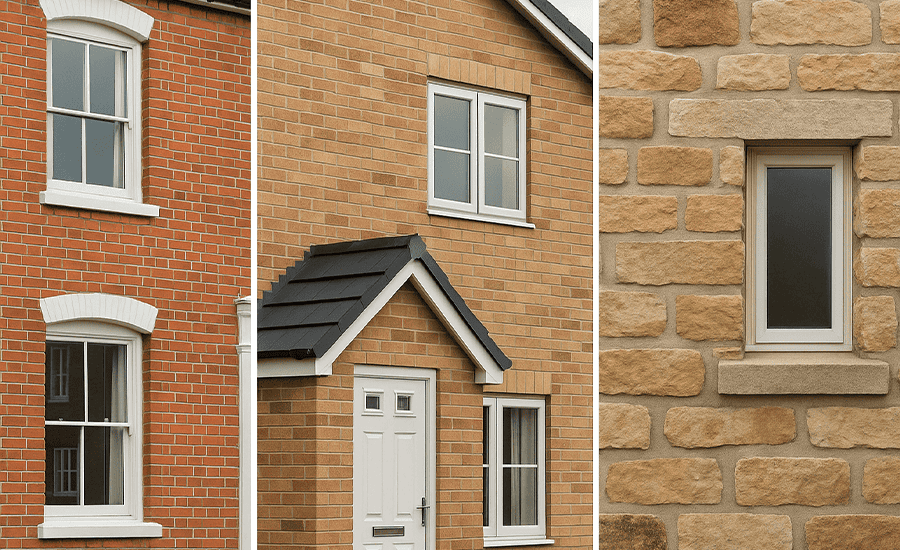
Not sure which buildings need flush pointing? From historic homes to modern offices, find out which properties benefit from this masonry protection method.

Flush pointing not only restores masonry but also improves energy efficiency by sealing air leaks and moisture, helping reduce utility costs in all NYC properties.
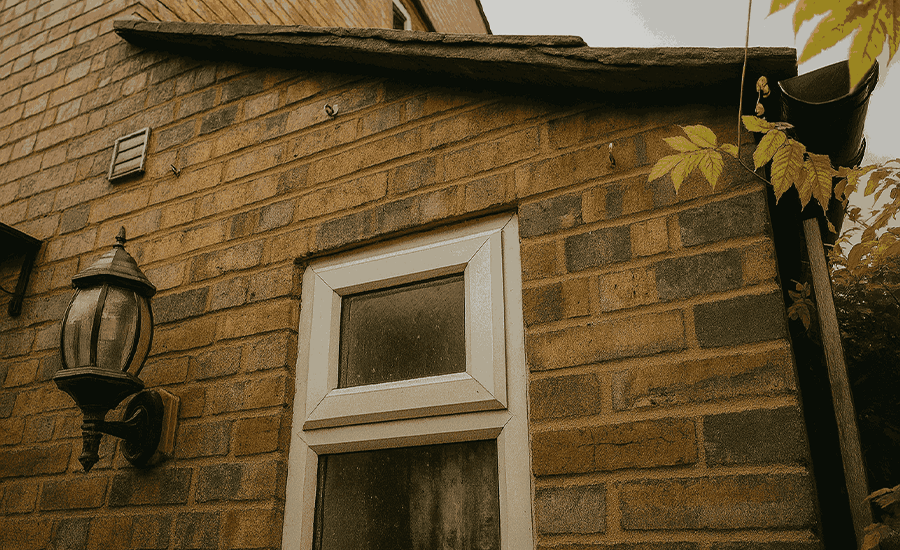
Flush pointing strengthens masonry, resists moisture, and adds long-term durability. Learn its benefits, materials, and application tips in this guide.
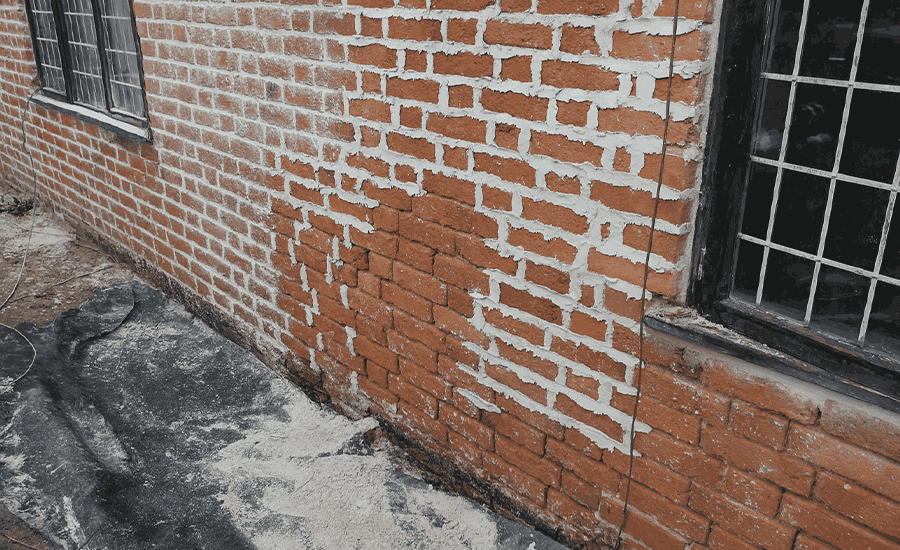
Flush pointing strengthens masonry and prevents water penetration. This blog outlines a full step-by-step process using tools and materials suited for residential and commercial buildings